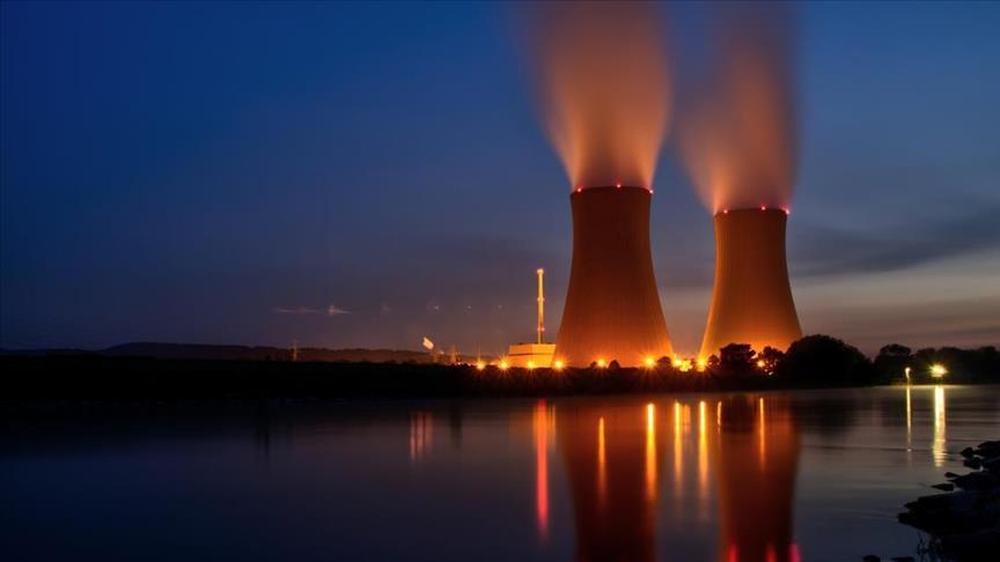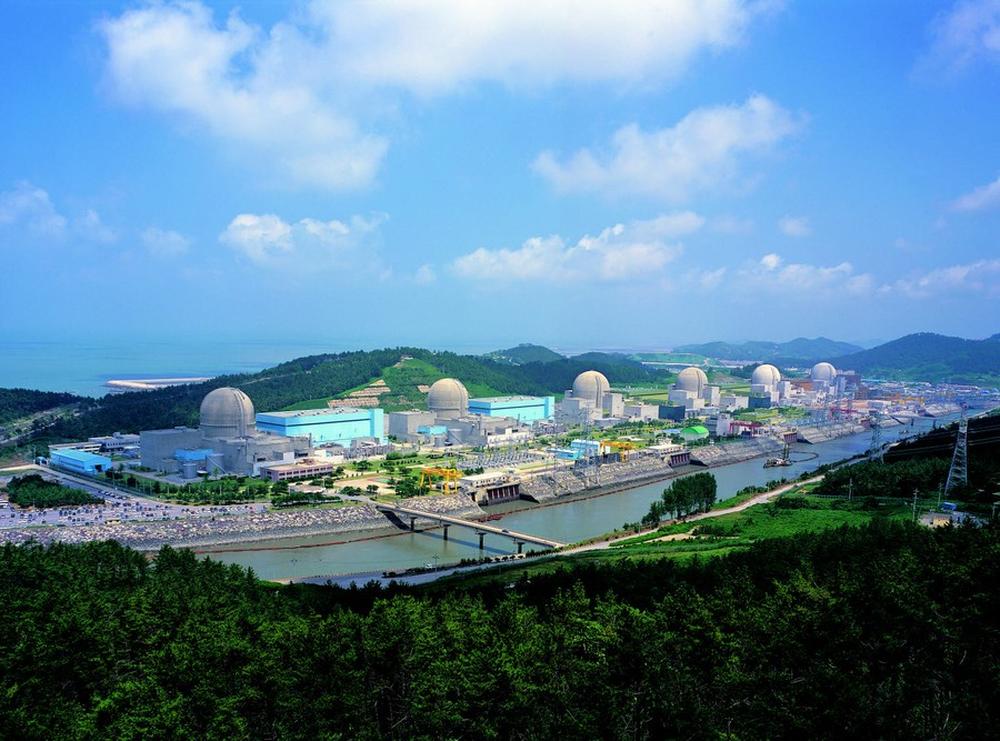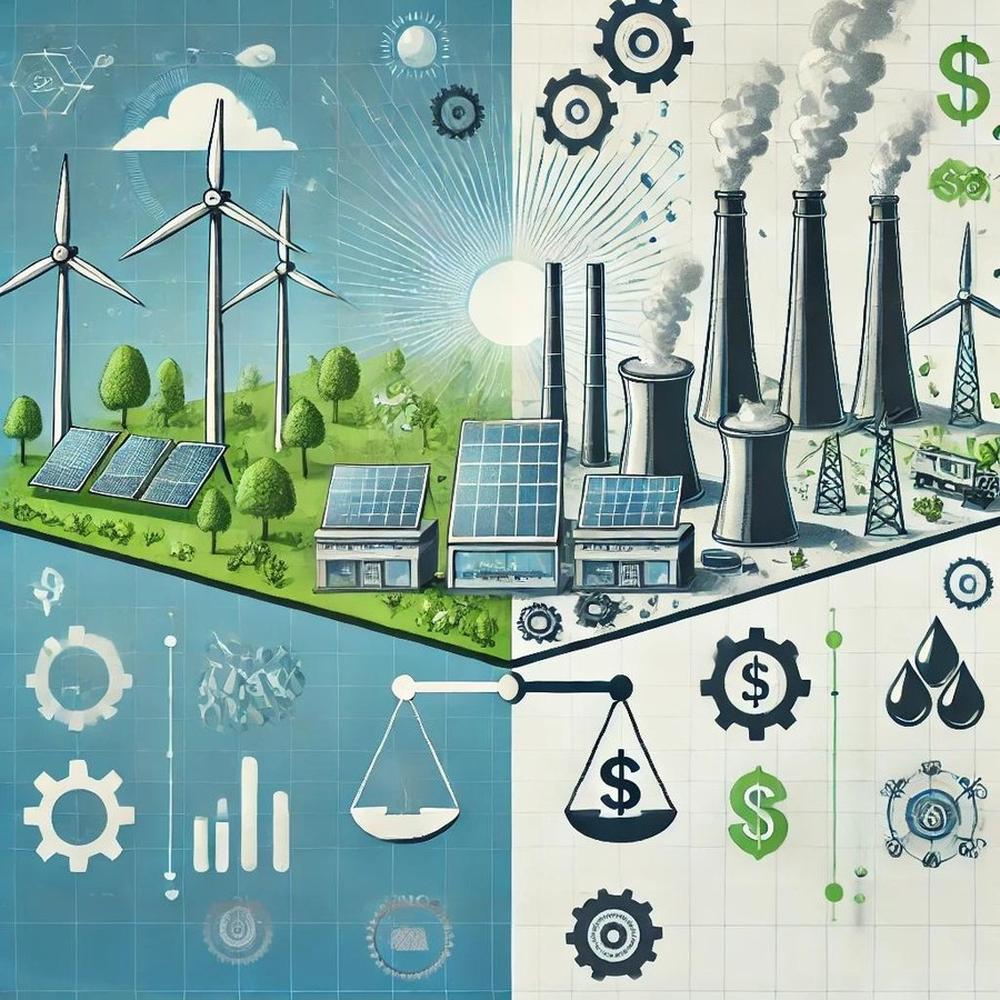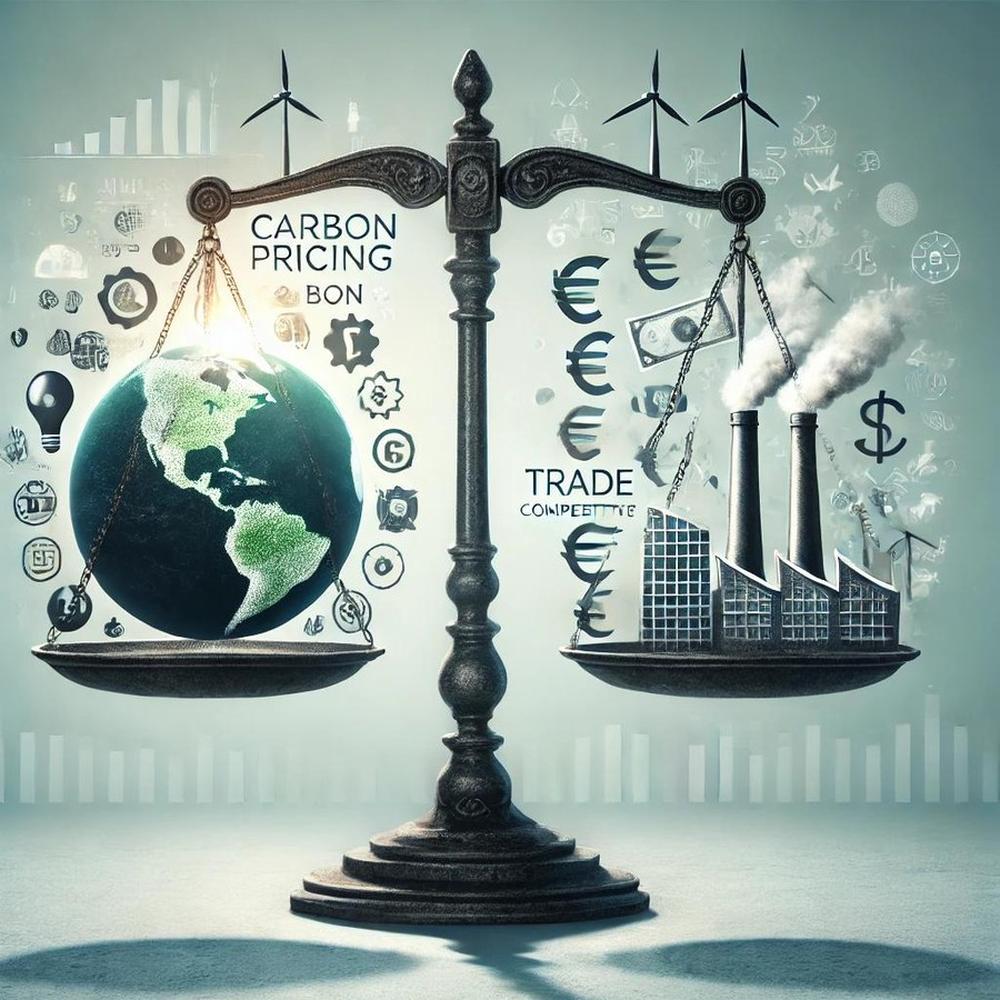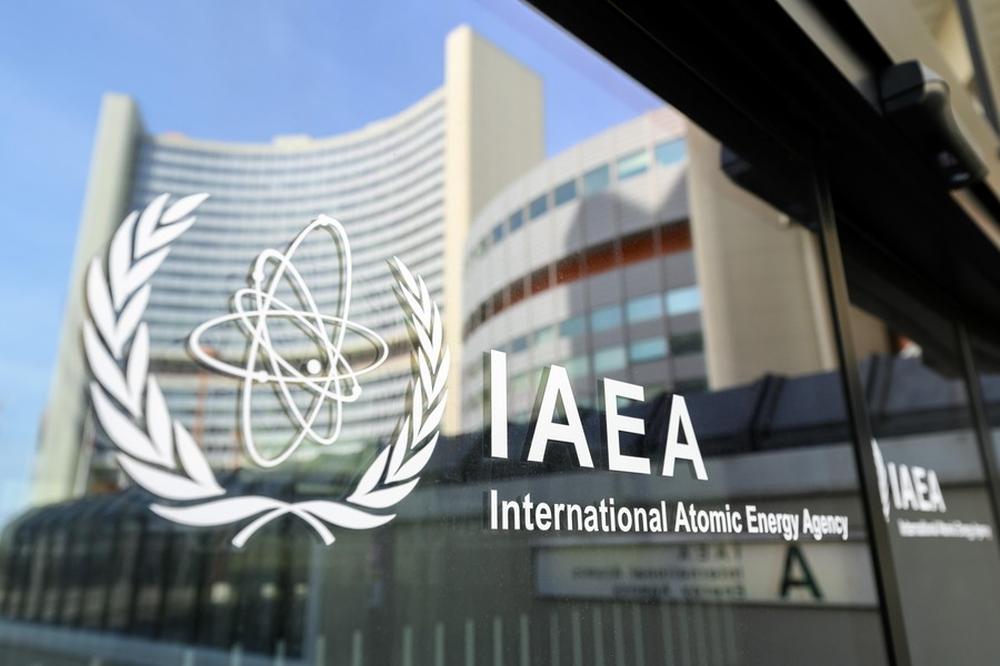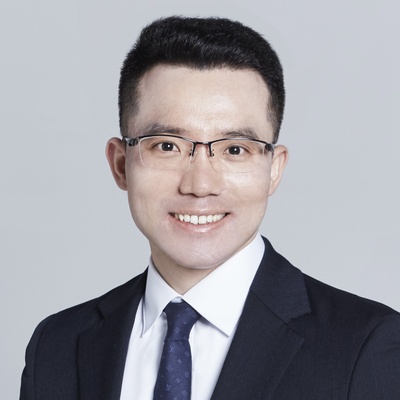
- #Energy & Climate
- #Nuclear & Missile Issues
- #South Korea
- #US-ROK Alliance

► As North Korea’s threats to Seoul escalate, advocacy for South Korea’s self-nuclearization is gaining momentum and political consensus.
► Both advocates of self-nuclearization and some nuclear experts are now speaking with a unified voice on securing nuclear latency, although their objectives differ: the former aims for security purposes, while the latter focuses on peaceful use.
► There is a two-step approach to denuclearization of the Korean Peninsula through the peaceful use of nuclear energy, not through self-nuclearization by South Korea.
As North Korea’s threats to Seoul escalate, advocacy for South Korea’s self-nuclearization is gaining momentum and political consensus. For example, in September 2022, North Korea passed a law on its policy of nuclear forces, which lowered the threshold for nuclear weapon use. One year later, this policy was incorporated into North Korea’s Constitution. In September 2024, North Korea further unveiled its uranium enrichment facilities and announced plans to increase the production of weapon grade uranium.
Furthermore, the second Donald Trump presidential term and the possibility of drastic changes in U.S. nuclear policy may evoke fiercely debates of self-nuclearization. Trump’s apparent support for South Korea’s self-nuclearization, was expressed during an interview with the New York Times when he was a candidate for the first term in 2016. Trump suggested that Japan and South Korea could develop nuclear weapons to combat North Korea. Trump further alluded possibility of withdrawing U.S. forces from Japan and South Korea due to the high costs of the U.S. presence.
Under current uncertain situation, South Korean public strongly supports developing a nuclear weapon. For example, Korea Institute of National Unification (KINU) surveys from 2014 to 2024 to show a gradual increase in public support for nuclear weapons from 50.5 to 66%. However, KINU survey results demonstrated that public support for self-nuclearization in South Korea erodes sharply—from about 70% to around 36%—when survey respondents werre educated about six potential risks and costs, including economic sanctions, risks to the U.S.-South Korea alliance, potential increase in security threats, development cost, environment destruction, and damage to South Korea’s reputation. Two other major private think tanks in South Korea also conducted surveys that found high support for self-nuclearization: 66.7% in the Asan Institute for Policy Studies survey in March 2024 and 72.8% in the Chey Institute for Advanced Studies survey in January 2024. Based on the three major survey results, there is no doubt that two thirds of South Korean public now support self-nuclearization.
For this reason, advocates for self-nuclearization very strongly insist that South Korea should revise the U.S.-South Korea nuclear cooperation agreement to secure South Korea’s rights to enrichment and reprocessing, nuclear latency that would allow South Korea to pursue self-nuclearization secretly at any time.
Some of South Korea’s nuclear experts are now also raising their voice that the U.S.-South Korea nuclear cooperation agreement should be further revised, for the purpose of peaceful use, to be equivalent to the U.S.-Japan agreement, which permits enrichment and reprocessing. To date, the U.S.-South Korea nuclear cooperation agreement has been updated six times (e.g. first in February 1956, second in March 1958, third in July 1965, fourth in November 1972, fifth in May 1974, and sixth in June 2015). The lastest revision allows South Korea’s right on continuous research on reprocessing under the U.S.-South Korea Joint Fuel Cycle Studies, and grant enrichment up to 20% upon the U.S.-South Korea’s prior written agreement.
For the purpose of peaceful use, some experts maintain that securing the right of nuclear latency is indispensable to thwart Russia and China’s dominance which takes the global nuclear market shares up to 80%. Russia has ongoing cooperation with many countries of the former Soviet Union. China is heading to developing countries along the historical Silk Road through its “One Belt, One Road” program. Furthermore, Russia and China now own 44% and 15% of the world’s enriched uranium capacity respectively, while their global market shares are 35% and 6% in 2023. To reduce reliance on Russian enriched uranium, President Joseph R. Biden signed the “Prohibiting Russian Uranium Imports Act” in May 2024. The U.S. is also collaborating with Canada, France, Japan and the United Kingdom by forming a strategic partnership of “Sapporo 5,” which was established in April 2023 to ensure the stable supply of enriched uranium, with investments of at least 4.2 billion U.S. dollars.
Some nuclear experts also emphasize that the emerging nuclear reactor technologies require enrichment and reprocessing capabilities. Currently, around a hundred of Small Modular Reactor (SMR) designs are under development, many of which are fast breeder types using enriched uranium fuel up to 20%. Given this technological shift, South Korea’s nuclear industry is seeking to actively participate in this emerging nuclear reactor markets by completing the nuclear fuel cycle through revision to the U.S.-South Korea nuclear cooperation agreement.
Both advocates of self-nuclearization and some of nuclear experts are now speaking with a unified voice on securing nuclear latency, although their objectives differ: the former aims for security purposes, while the latter focuses on peaceful use.
However, revising the U.S.-Korea nuclear cooperation agreement to permit enrichment and reprocessing capabilities would be problematic if South Korea pursues for security purposes as the agreement explicitly forbids development of nuclear weapons. For this reason, the more that the advocates for self-nuclearization raise the voice of nuclear latency, the less the U.S. will be inclined to agree to the revision of the agreement.
In spite of the advocates for self-nuclearization’s growing voices on nuclear latency, the U.S.-South Korea alliance should consistently keep the goal of denuclearizing Korean Peninsula. In this regard, self-nuclearization option for the purpose of the Korean Peninsula’s denuclearization directly conflicts with the goal of the U.S.-South Korea alliance. Peaceful use of nuclear energy provided a more promising pathway to denuclearizing the Korean Peninsula.
There is a two-step approach to denuclearization of the Korean Peninsula through the peaceful use of nuclear energy, not through self-nuclearization by South Korea.
First step: a new Megatons to Megawatts program between North Korea and the U.S. and its allies. Through this new program, North Korea’s weapon-grade high enriched uranium can be diluted to a low enriched uranium for a civilian use on the Korean Peninsula. The Megatons to Megawatts program was successfully performed between U.S. and Russia for twenty years to convert the Soviet-era warheads to fuel U.S. nuclear power plants. However, the U.S. lost its capability for uranium enrichment by purchasing a cheap fuel from Russia over twenty years of the program. Russia was able to build up the largest uranium enrichment capacity in the world and now controls around half of the global enriched uranium market. To avoid a recurrence of this issue, a new program should be integrated into U.S. efforts to restore domestic enrichment capability and compete against Russia’s dominance in the enriched uranium market.
Second step: a new KEDO (Korean Peninsula Energy Development Organization) nuclear energy project in return for North Korea’s denuclearization. North Korea and Russia are getting much closer together, in part due to North Korea’s arms supplies to Russia’s invasion in Ukraine. One of the worst scenarios could be Russia help building Small Modular Reactors (SMRs) in North Korea. To avoid such worst scenario, the D10 (10 democracies including South Korea) or an enlarged G7 can establish a multilateral nuclear program to build SMRs in North Korea and supply enriched uranium from the new Megatons to Megawatts program.

Dr. Sanggil Park is an advisor at Lee & Ko, one of the largest law firms in South Korea. As an expert in the nuclear field, Dr. Park has advised government, state-owned and/or private enterprises for their overseas nuclear projects, export control, nonproliferation issues, etc. Dr. Park’s academic background includes a BSc degree in nuclear engineering from Seoul National University and a joint MSc degree in nuclear engineering from the Swiss Federal Institute of Technology Zurich (ETH Zurich) and the Swiss Federal Institute of Technology Lausanne (EPF Lausanne), as well as a PhD degree at the Swiss Federal Institute of Technology Zurich, in collaboration with the Karlsruhe Institute of Technology. Prior to joining to Lee & Ko, Dr. Park has worked as a researcher in the nuclear safety field at Korea Institute of Nuclear Safety, Korea Atomic Energy Research Institute, Paul Scherrer Institute. In addition, Dr. Park worked at Samsung Global Research as a research fellow.
